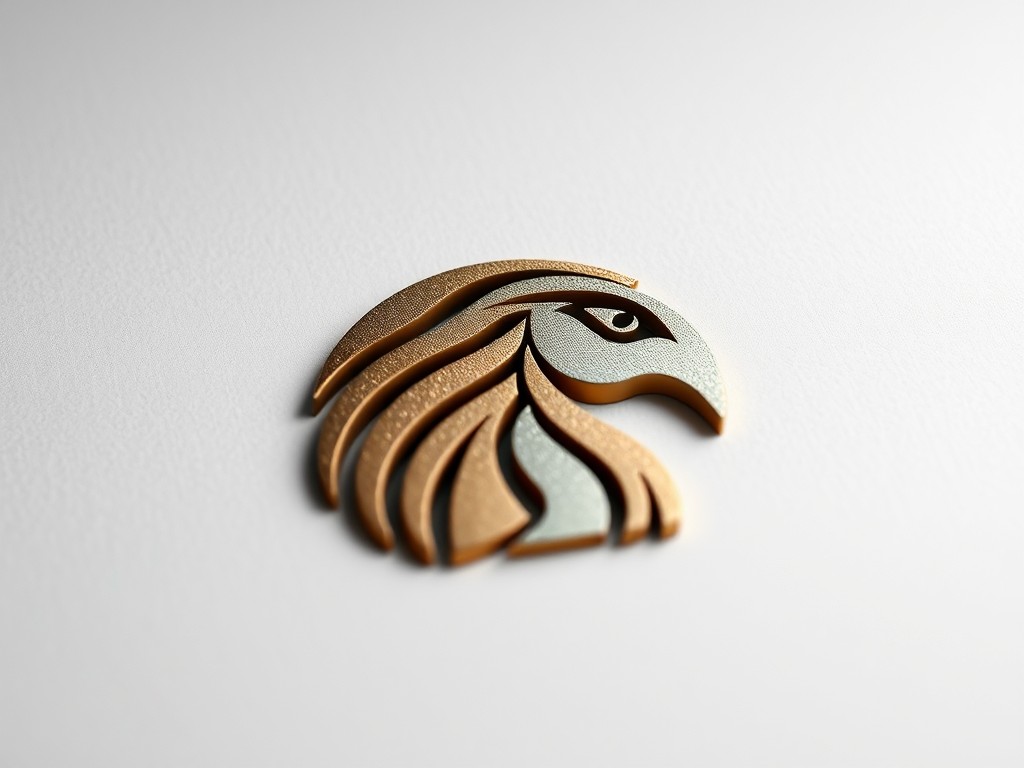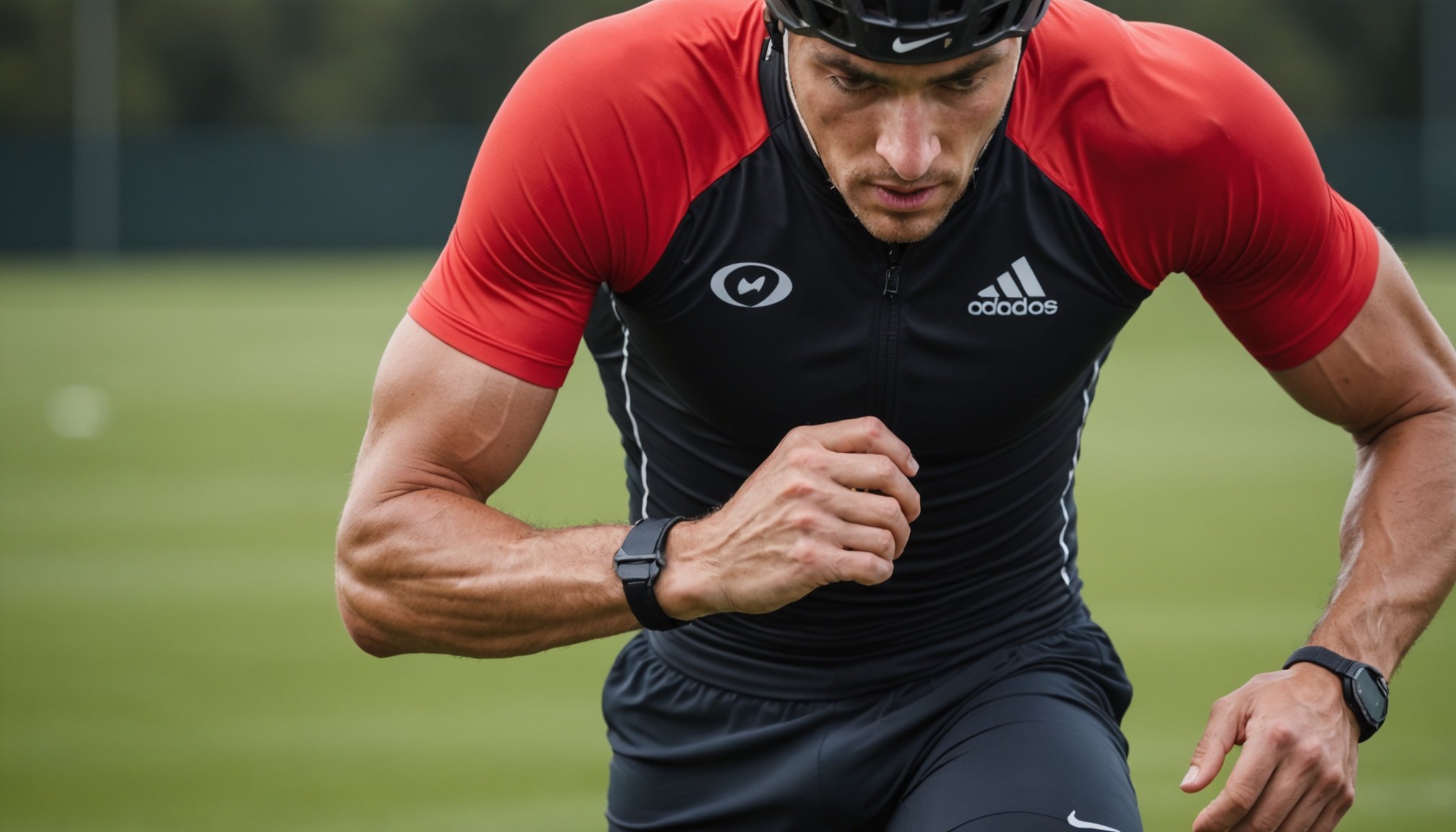Unlocking Athlete Performance: The Role of Continuous Heart Rate Monitoring Devices in Predicting Overtraining
In the world of sports, the pursuit of peak performance is a constant and evolving challenge. Athletes, coaches, and trainers are continually seeking innovative ways to optimize training, enhance recovery, and prevent injuries. One of the most powerful tools in this quest is continuous heart rate monitoring, a technology that has revolutionized the way athletes train and recover.
Understanding Heart Rate Monitoring
Heart rate monitoring is not a new concept, but the advancements in wearable technology have made it more accessible, accurate, and comprehensive than ever before. Devices like the WHOOP strap, GPS sports watches, and chest strap heart rate monitors provide real-time data on an athlete’s heart rate, heart rate variability (HRV), and other biometric metrics.
Also read : Boosting High-Altitude Ski Performance: The Power of Periodic Breathing Techniques
How Heart Rate Monitors Work
Heart rate monitors can be categorized into two main types: optical sensors and chest straps. Optical sensors, commonly found in smartwatches and fitness trackers, use light to measure changes in blood flow under the skin. While convenient, these sensors can be less accurate, especially during high-intensity workouts or in water.
Chest straps, on the other hand, measure the tiny electrical impulses generated by heartbeats, providing more accurate and responsive data. These are particularly useful for athletes engaging in activities where wrist movement is significant, such as cycling or boxing.
Also to read : Empowering Aging Swimmers: The Role of Adaptive Training Programs in Competitive Swimming
The Importance of Heart Rate in Training
Heart rate is a critical metric in athletic training, as it reflects the body’s response to physical stress. Here’s how heart rate monitoring can be leveraged to enhance performance:
Real-Time Feedback and Adjustments
GPS sports watches and other wearable devices offer real-time feedback on heart rate, allowing athletes to adjust their workout intensity on the fly. For example, maintaining a specific heart rate zone during long runs can improve aerobic capacity, while higher intensity intervals can boost speed and power.
Personalized Training Plans
Heart rate data is essential for developing personalized training plans. By analyzing heart rate patterns, coaches can set realistic targets and tailor training programs to an athlete’s unique needs. For instance, if data shows consistent pace but fluctuating heart rates, the focus might shift to cardiovascular endurance.
Predicting Overtraining with Heart Rate Monitoring
Overtraining is a significant risk for athletes, leading to decreased performance, increased injury risk, and prolonged recovery times. Continuous heart rate monitoring can help predict and prevent overtraining in several ways:
Heart Rate Variability (HRV)
HRV is a key indicator of an athlete’s recovery status. Lower HRV values often suggest that the body is under stress and may need more recovery time. Advanced wearable devices like the WHOOP strap track HRV continuously, providing valuable insights into an athlete’s readiness for intense training.
Strain Scores and Training Load
The WHOOP strap, for example, calculates a daily strain score based on heart rate data, which reflects the cardiovascular stress endured during physical activities. This score is highly personalized and helps athletes and coaches understand the impact of their training load on the body. By monitoring strain scores, athletes can avoid overtraining by ensuring they are not pushing their bodies too hard without adequate recovery.
Data Analytics and Athlete Performance
The integration of data analytics into athletic training has transformed the way coaches and athletes make decisions. Here’s how data from heart rate monitors is analyzed and used:
Detailed Metrics and Patterns
Performance labs and advanced wearable devices collect a wide range of metrics, including heart rate, HRV, recovery patterns, and physiological data. These metrics are analyzed to identify patterns that guide training and recovery protocols. For instance, if fatigue markers are high, coaches may adjust the intensity of workouts or introduce more rest periods.
Customized Training Programs
Data analytics allows for the creation of customized training programs that are tailored to each athlete’s unique needs. By understanding an athlete’s strengths, weaknesses, and recovery patterns, coaches can optimize training plans to maximize performance while minimizing the risk of injury.
Practical Strategies for Athletes and Coaches
Here are some practical strategies for leveraging heart rate monitoring to predict and prevent overtraining:
Monitoring Heart Rate Zones
- Aerobic Zone: For long, steady-state workouts, maintaining a heart rate within the aerobic zone can improve cardiovascular endurance.
- Anaerobic Zone: For high-intensity interval training, pushing into the anaerobic zone can enhance speed and power.
- Recovery Zone: Ensuring heart rate returns to a recovery zone after intense workouts is crucial for adequate recovery.
Using Strain Scores
- Daily Strain Score: Monitor the daily strain score to understand the cumulative effect of physical activities on the cardiovascular system.
- Adjusting Training Load: Adjust training intensity and volume based on strain scores to avoid overtraining.
Incorporating Recovery Metrics
- HRV Monitoring: Regularly check HRV to assess recovery status.
- Rest and Recovery: Schedule rest periods based on heart rate and HRV data to ensure adequate recovery and prevent overtraining.
Examples and Anecdotes
The WHOOP Strap in CrossFit Training
Michael Kummer, a fitness enthusiast, shared his experience with the WHOOP strap during CrossFit workouts. Despite the strap’s ability to automatically detect over 80 types of exercises, Kummer noted that high-intensity workouts like CrossFit often cause massive heart rate fluctuations, making it challenging for wrist-worn devices to get accurate readings. However, the WHOOP strap’s continuous heart rate monitoring and strain score calculations provided valuable insights into his training load and recovery needs.
GPS Sports Watches in Running
For runners, GPS sports watches are indispensable tools. These watches not only track distance, time, and pace but also provide real-time heart rate data. By customizing the watch settings to display essential metrics, runners can optimize their training strategies. For example, setting specific heart rate zones during interval training can help runners maintain optimal pacing and improve endurance.
Comparative Analysis of Heart Rate Monitors
Here is a comparative analysis of some of the best heart rate monitors available:
| Device | Type | Key Features | Accuracy | Comfort | Additional Features |
|---|---|---|---|---|---|
| WHOOP Strap | Wrist-Worn | Continuous heart rate, HRV, strain score | High | No display or buttons | Automatic activity detection, personalized recovery advice |
| Garmin HRM-Pro | Chest Strap | Advanced running metrics, onboard memory | Very High | Comfortable with silicone grippers | Running dynamics, swim/run dynamics, ANT+ to Bluetooth bridge |
| 4iiii Viiiiva | Chest Strap | ANT+ to Bluetooth bridge, accelerometers | High | Secure fit | Suitable for Zwift, simultaneous connection to multiple devices |
| Tickr Range | Chest Strap | Simultaneous connection to three devices, consistent data | High | Comfortable and secure | Useful for indoor cycling, accurate data |
Continuous heart rate monitoring is a powerful tool in the arsenal of modern athletes and coaches. By providing real-time data on heart rate, HRV, and other biometric metrics, these devices help predict and prevent overtraining, optimize training programs, and enhance overall athletic performance.
As technology continues to advance, the integration of data analytics and wearable technology will become even more crucial in the pursuit of peak performance. Whether you are a professional athlete or a fitness enthusiast, understanding and leveraging heart rate monitoring can be the key to unlocking your full potential.
Final Tips for Athletes
- Monitor Your Heart Rate: Use heart rate data to adjust your training intensity and volume.
- Focus on Recovery: Prioritize recovery based on HRV and strain scores.
- Customize Your Training: Use data analytics to create personalized training programs.
- Stay Comfortable: Choose heart rate monitors that are comfortable and secure.
By embracing these strategies and technologies, athletes can ensure they are training smarter, not harder, and reaching new heights in their athletic careers.











